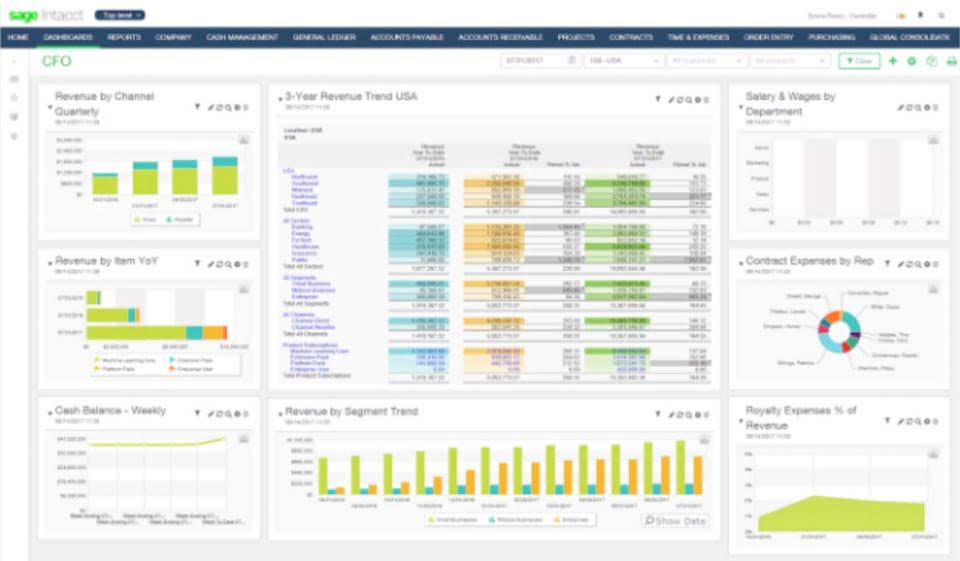Contribution Margin Income Statement: A Complete Guide

For that, you’ll need a tool that automates data collection, accurately calculates financial insights, and produces the contribution margin format income statement is organized by: customizable reports. Request a free demo and see how Cube can help you save time with all your contribution margin income statements, reports, analysis, and planning. In its simplest form, a contribution margin is the price of a specific product minus the variable costs of producing the item. Contribution margin income statements are useful barometers for businesses on whether clear skies are ahead or if they need to hunker down for a storm. Now that we have our revenue, variable costs, and fixed costs, the next step is to construct our contribution income statement.
Contribution margin vs. EBIT and EBITDA
It is primarily used for external financial reporting, providing a comprehensive overview of a company’s financial performance. The contribution margin represents the amount of revenue left over after subtracting variable costs from total revenue. It indicates how much revenue is available to cover fixed costs and contribute to profit. Not only does it offer immediate insights into the profitability of individual products or services, but it also aids in assessing operational efficiency. The contribution margin can highlight how changes in the structure of sales and expenses can impact the bottom line without being obscured recording transactions by fixed costs. It’s a useful tool for making decisions on pricing, production, and anything else that could improve profitability.

Contribution Margin Income Statement: A Complete Guide

By tracking changes in contribution margins alongside key performance indicators, businesses Online Bookkeeping can quickly identify trends, spot emerging challenges, and capitalize on opportunities. This proactive approach to financial management enables timely interventions to steer the company toward its economic objectives. Earnings Before Interest, Taxes, Depreciation, and Amortization (EBITDA) measures a company’s financial health.

Contribution margin ratios and their significance
- After gathering the data you need, the next step is to categorize the expenses.
- For example, raw materials cost increases the more products are manufactured.
- Contribution margin income statements refer to the statement which shows the amount of contribution arrived after deducting all the expenses that are variable from the total revenue amount.
- However, knowledge isn’t quite enough if you’ve got reports to create and stakeholders to reassure on top of your day-to-day tasks.
- This breakdown helps in understanding the financial performance of individual products or services.
- Contribution margin is the amount of sales left over to contribute to fixed cost and profit.
Depending on the type of business, either EBIT or EBITDA can be a better measure of the company’s profitability. It’s important to note this is a very simplified look at a contribution margin income statement format. If we subtract the variable costs from the revenue, we’re left with a $22,000 contribution margin. To calculate total variable costs, we multiply this by our 1,000 units and get $28,000.
- Putting these into a traditional income statement illustrates the bigger picture of which lines are doing better than others, or if any shoes need to be discontinued.
- Therefore, this income statement will be based off the sale of 8,000 units.
- Of the two groups of expenses (variable and fixed), it is much easier to control variable expenses.
- These Sources include White Papers, Government Information & Data, Original Reporting and Interviews from Industry Experts.

It does not matter if your expenses are production or selling and administrative expenses. The same thing goes with fixed expenses; they must be included in fixed costs if they are fixed. Another critical advantage of contribution margin analysis is its ability to highlight how changes in sales or expense structures affect the bottom line. Unlike traditional profit calculations that fixed costs can cloud, contribution margin focuses solely on variable costs, providing a clearer picture of the impact of incremental changes.

